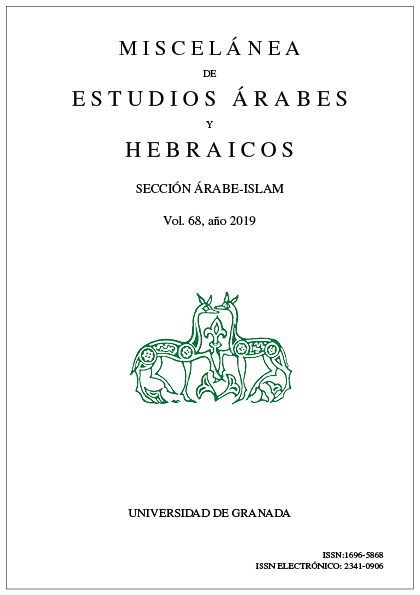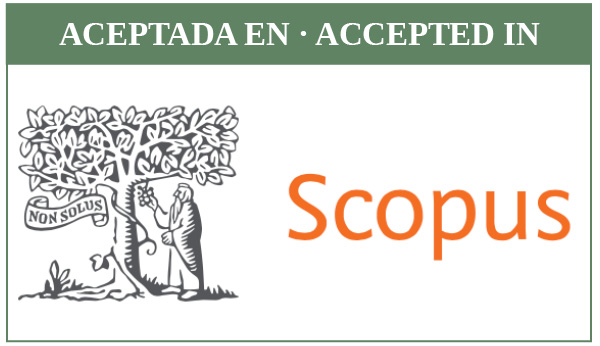West and East: A new Arabic version of the fable of “The father, the son and the donkey” in al-Andalus
DOI:
https://doi.org/10.30827/meaharabe.v68i0.1013Keywords:
Fable, Ibn al-Khaṭīb, A‘māl al-a‘lām, Pero López de Ayala, AesopAbstract
The aim of the present study is to offer a new Arabic version of the well-known fable “The father, the son and the donkey” that appeared in the historical work Kitāb A‘māl al-a‘lām by the 14th century scholar from Granada, Ibn al-Khaṭīb, while shedding light on its historical and socio-cultural context. To do so, a comparative analysis was performed of the different existing versions of this fable, in the Latin and Castilian traditions and also the Arabic tradition, particularly during the 13th and 14th centuries, with the purpose of discovering common patterns that would provide a better understanding of this fable's evolution and different possibilities regarding its diffusion. The study reveals the existence of a primitive version that quickly evolved into more elaborate forms, with two or more versions of the story coexisting at the same time, as a result of the fable's very significant oral and written transmission, starting at the time of its origin in the East in the first half of the 13th century and especially in the first half of the 14th century in the Iberian Peninsula and Europe. The version by the scholar from Granada, the direct origin of which is undoubtedly Arabic, has features that would indicate that the author had knowledge of other contemporary Castilian and Latin versions.
Downloads
Downloads
Published
How to Cite
Issue
Section
License
The authors publishing their work in this journal agree to the following terms and conditions:
1. The authors retain the copyright and give the journal the right to be the first publication of the work and also to be licensee under a Creative Commons Attribution License which allows others to share the work, provided the author of the work and the initial publication in this journal are acknowledged.
2. Authors may make additional agreements separately for the non-exclusive distribution of the version of the work published in the journal (for example, putting it in an institutional repository or publishing it in a book), with acknowledgement of its initial publication in this journal.
3. Authors are allowed and encouraged to electronically disseminate (for example, in institutional repositories or on their own web page) the published version of their works (publisher's post-print version) or, if not possible, the author's reviewed and accepted post-print version. This is to facilitate productive exchanges, and allow for earlier and greater citation by third parties of the published works (See The Effect of Open Access).
4. The journal accepts no responsibility for the opinions expressed by the authors.















